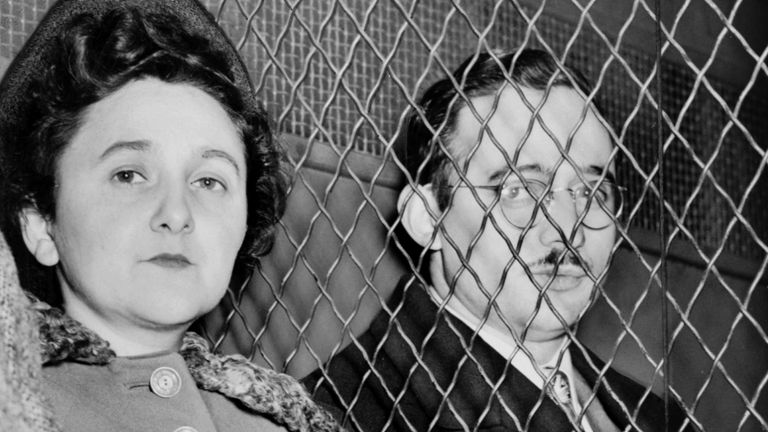The Top 10 “Trials Of The Century”
People have a morbid fascination with trials. Why else would TV shows like Law & Order and Suits be so popular? Not to mention movies such as 12 Angry Men or A Few Good Men or any book written by John Grisham. But while fictionalized court cases can be gripping, they can’t compare to the real deal. History is littered with criminal trials as sordid as they were engrossing. Here, we take a look at ten of the most riveting.
1. Lizzie Borden
Early on August 4, 1892, Lizzie Borden apparently murdered her mother and father with a hatchet. It was the most brutal of crimes: a well-to-do couple seemingly slaughtered by their very own grown-up daughter. At least, that’s the widespread belief. But in reality, no one can say for sure whether she really did it.
Even though 32-year-old Borden came to be the main suspect in the murders, she ultimately walked away as a free woman. What happened? This is a story firmly of its time and place. The politics of race and gender all played their part in the outcome of what is widely thought of as New England’s “crime of the Gilded Age.”
An unlikely suspect
Borden was the daughter of a wealthy, well-regarded man and taught kids at Sunday school. For that reason, she was initially ignored as a suspect in the killings. It was simply inconceivable that she could have done such a thing. But once the police started speaking to her, their sense of the matter started to change.
Borden didn’t appear to be the least bit sad about her parents’ murder, but even more incriminating was the revelation that she’d recently visited a drugstore in search of a toxic substance to buy. So, just five days after the murders, she found herself defending her innocence in court at an inquest.
“Probably guilty”
Her family’s doctor appeared in court, adamant that she was innocent. Her sister Emma backed her up. But despite all that, the inconsistencies in the young woman’s claims were too much for the judge to ignore. He believed she was “probably guilty,” and she was soon placed under arrest and thrown in county jail, where she languished for nine months.
But that wasn’t the end of it: her case gained national attention and took on a new dimension. Women’s rights activists came to view her case as a prime example of patriarchy at work. She was set to be tried by a jury entirely made up of men, after all. How could her case be expected to be fair in these circumstances?
Quiet, modest, well-bred — and innocent
But weirdly, the sexist attitudes of the time actually served to help Borden secure her freedom. She showed up in court dressed in what we might call especially “feminine” clothing. This led one reporter to characterize her as “quiet, modest, and well-bred.” The implication of her femininity, as the establishment saw it, was that she couldn’t possibly have wielded the strength of body and mind to commit these murders.
The jury, in the main, was composed of Protestants such as Borden, some of whom were fathers to women around her age. A sweet, practicing Protestant girl like her, they reasoned, couldn’t have done this: they acquitted her. Whether or not this was the right decision, we may never truly know.

